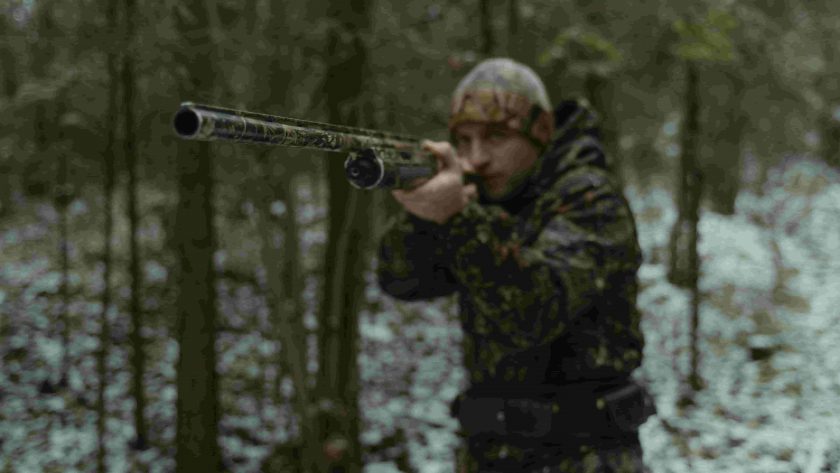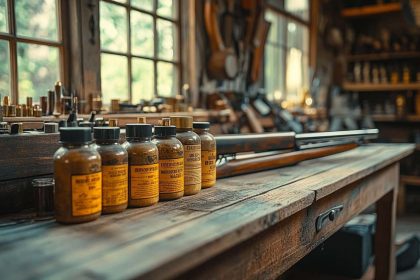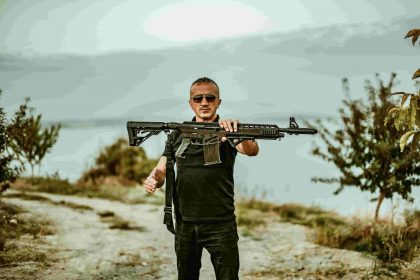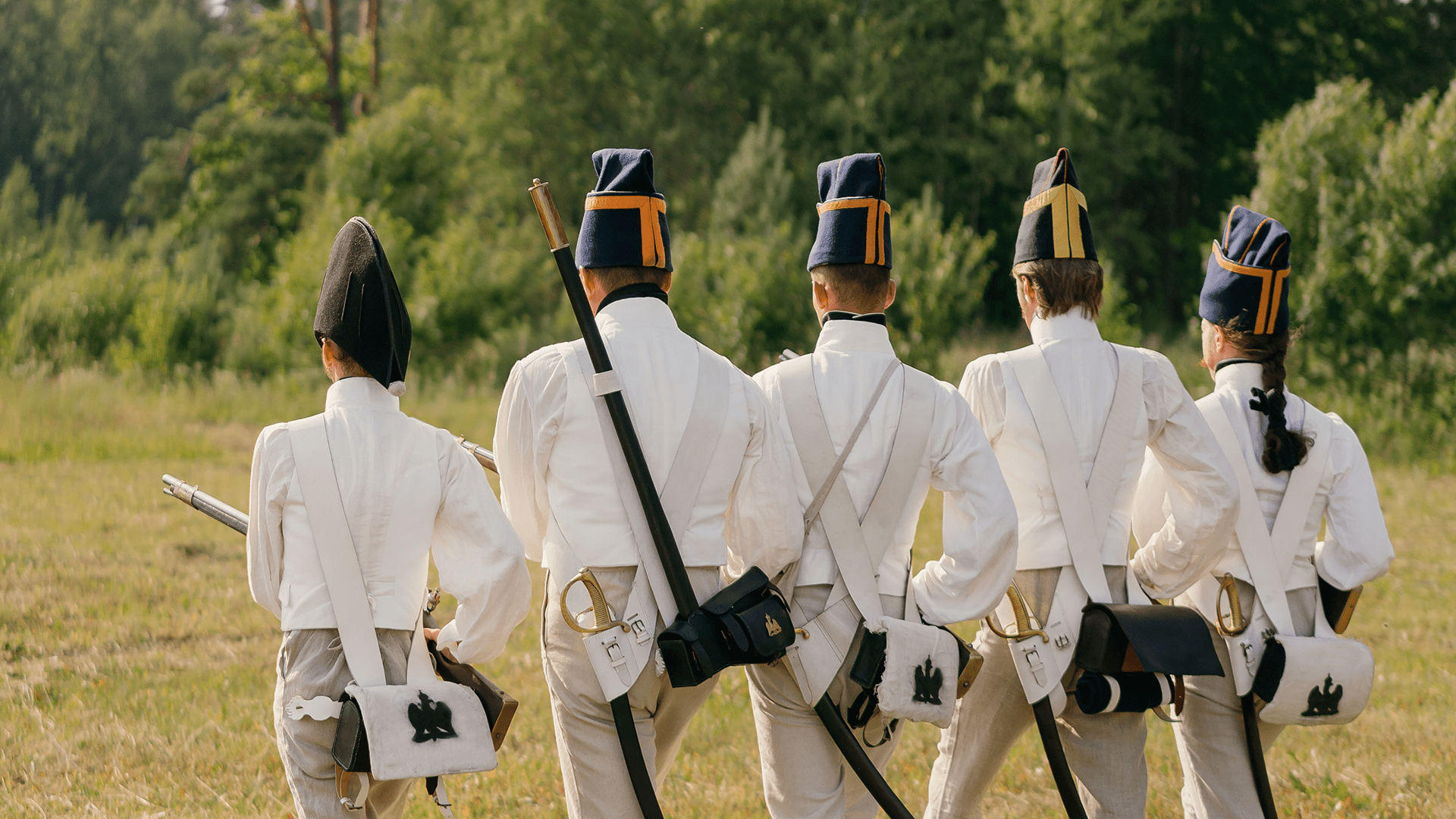Firearms can be as powerful as they are fascinating. Whether you’re a first-time buyer or a seasoned shooting enthusiast, understanding firearm safety and maintenance is pivotal. This guide aims to empower gun owners with the essential knowledge to handle firearms responsibly and keep them in top condition. From grasping the basics of different firearm types to mastering safety rules, this post covers all the crucial aspects. By the end, you’ll not only have a deeper appreciation for your firearm but also ensure you’re contributing positively to the community of responsible gun owners.
Getting Started with Firearm Safety and Maintenance
Owning a firearm is a serious responsibility that extends beyond the initial purchase. Safety should always be the primary concern for any gun owner. Proper maintenance ensures your firearm functions correctly and has a long lifespan. Understanding the fundamental principles of safety and care is key to preventing accidents and ensuring your firearm remains reliable for years to come.
For those new to firearms, navigating the landscape of safety protocols and maintenance routines can seem daunting. However, with the right guidance and commitment to practice, these skills become second nature. This guide will provide a comprehensive overview of what you need to know to be a responsible and informed firearm owner.
By focusing on both safety and maintenance, this guide aims to instill confidence in new gun owners. With knowledge comes the assurance that you can enjoy your firearm responsibly, enhancing your skills safely.
The Basics of Firearms Unveiled
When it comes to firearms, understanding the basics is crucial. At its core, a firearm is a tool designed to propel a projectile towards a target. Different types of firearms exist, each with unique characteristics suited to various purposes, ranging from sport shooting to hunting or self-defense. Familiarize yourself with the common types, such as rifles, shotguns, and handguns, to determine which best suits your needs.
Each firearm consists of several parts that work together to fire a bullet. Key components include the barrel, trigger, firing pin, and magazine. Grasping the function of each part enhances your ability to handle your firearm safely. For instance, knowing how the safety lever works can prevent unintentional discharges.
Understanding how your firearm operates is foundational. By comprehending how ammunition is loaded and expelled, you can make informed decisions about usage and maintenance. This basic knowledge is the first step towards becoming a responsible gun owner.
Fundamental Firearm Safety Rules
Safety is paramount when handling firearms. Adhering to basic safety rules can prevent accidents and protect yourself and others. The first rule is to treat every firearm as if it’s loaded. Even if you believe a gun is unloaded, always handle it with caution and respect.
Secondly, always point the muzzle in a safe direction. This means never aiming it at something you’re not willing to shoot. Keeping your finger off the trigger until you’re ready to fire is another critical rule. This reduces the chance of accidental discharge. Finally, always be sure of your target and what’s beyond it.
Ingraining these rules into your firearm practices ensures a safer environment for everyone involved. Repeatedly practicing these habits will make them instinctual, significantly reducing the risk of incidents.
Steps for Proper Firearm Handling
Proper firearm handling is essential for safety and accuracy. Start by ensuring your firearm is unloaded before handling. Familiarize yourself with each component, making sure you understand its purpose and operation. This helps build your confidence and competence.
When loading your firearm, do so in a controlled environment where accidental discharges won’t cause harm. Practice loading and unloading until it becomes second nature. Pay attention to how your firearm feels in your hands, adjusting your grip to maintain control and stability.
Developing a routine for checking your firearm for obstructions or damage is also critical. Regular inspections will help catch potential issues early, preventing malfunctions. By consistently following these steps, you ensure safe handling every time you use your firearm.
Why Regular Firearm Maintenance Matters
Regular maintenance of your firearm is as crucial as safe handling. A well-maintained firearm is more reliable and accurate. After each use, cleaning your firearm helps remove residues that can cause corrosion and wear over time. Use the right tools and solvents designed specifically for firearms to avoid damaging parts.
Lubrication is another vital aspect of firearm maintenance. Applying the appropriate oils to moving parts reduces friction and wear, ensuring smooth operation. Pay special attention to the slide, trigger, and barrel. These parts are most susceptible to wear without proper lubrication.
By establishing a regular maintenance routine, you extend the life of your firearm and maintain its performance. This routine is not just about keeping your firearm clean; it’s about ensuring it remains safe and effective for future use.
Avoiding Common Mistakes in Firearm Safety and Maintenance
Even experienced gun owners can fall into bad habits regarding safety and maintenance. One common mistake is neglecting regular cleaning. Allowing dirt and residue to build up can lead to malfunctions or even accidents. Set a schedule for cleaning based on use to keep your firearm in top shape.
Another mistake is improper storage. Ensuring your firearm is stored securely can prevent unauthorized access and accidents. A safe or lockbox provides an added layer of security, especially in homes with children or visitors.
Lastly, skipping safety checks before use can lead to dangerous situations. Always inspect your firearm for damage or obstructions and verify that the safety mechanisms are functioning correctly. These steps are integral to safe firearm ownership.
Resources for Continued Learning and Improvement
Becoming a responsible gun owner doesn’t stop with initial training. Numerous resources are available to help you continue learning and improving your skills. Many local shooting ranges offer courses on firearms safety and maintenance, providing hands-on experience and expert guidance.
Online communities and forums dedicated to shooting enthusiasts can also be valuable. These platforms offer a space to share experiences, tips, and advice with fellow gun owners. Engaging with these communities fosters a deeper understanding and appreciation of firearm ownership.
Additionally, consider subscribing to publications focused on firearms, which often feature articles on safety, maintenance, and the latest advancements in technology. Staying informed will help you adapt to new practices and maintain high safety standards.
Concluding Thoughts on Responsible Firearm Ownership
Owning a firearm is a lifelong responsibility that requires continuous attention to safety and maintenance. By following the guidelines outlined in this post, you’re taking the first steps towards becoming a knowledgeable and responsible gun owner.
The commitment to safety and care ensures your firearm remains a reliable tool, whether for sport, hunting, or self-defense. Remember, responsible firearm ownership contributes positively to the broader community of gun enthusiasts.
For further exploration, consider reaching out to experts or joining local workshops. Continued education and practice will enhance your skills and confidence, making you a role model for responsible firearm ownership.




